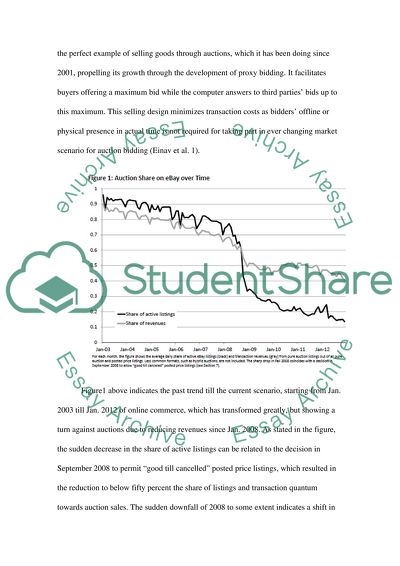Cite this document
(“EBay--Transition From Auctions to Using Posted Prices Research Paper”, n.d.)
EBay--Transition From Auctions to Using Posted Prices Research Paper. Retrieved from https://studentshare.org/marketing/1626557-ebay-transition-from-auctions-to-using-posted-prices
EBay--Transition From Auctions to Using Posted Prices Research Paper. Retrieved from https://studentshare.org/marketing/1626557-ebay-transition-from-auctions-to-using-posted-prices
(EBay--Transition From Auctions to Using Posted Prices Research Paper)
EBay--Transition From Auctions to Using Posted Prices Research Paper. https://studentshare.org/marketing/1626557-ebay-transition-from-auctions-to-using-posted-prices.
EBay--Transition From Auctions to Using Posted Prices Research Paper. https://studentshare.org/marketing/1626557-ebay-transition-from-auctions-to-using-posted-prices.
“EBay--Transition From Auctions to Using Posted Prices Research Paper”, n.d. https://studentshare.org/marketing/1626557-ebay-transition-from-auctions-to-using-posted-prices.


